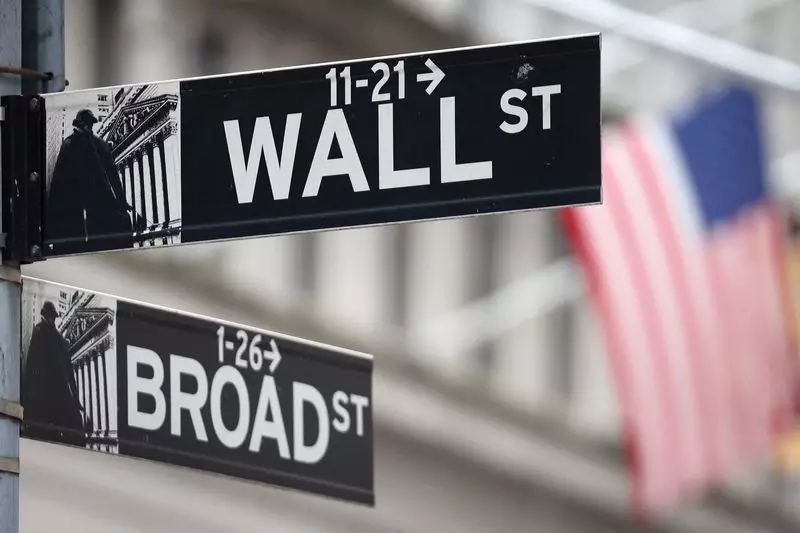As we approach the next inflation report, the fate of the U.S. stock market, which has recently achieved significant milestones, hangs in the balance. The interplay between inflation, employment data, and Federal Reserve policy will be critical in shaping the direction of this market. The precedent set by rising interest rates presents both challenges and opportunities, and the outcomes of the upcoming data releases may greatly influence investor sentiment.
The U.S. stock market has been riding a wave of success, with the S&P 500 posting impressive gains. It is on track for its third consecutive weekly increase, which translates to an astonishing year-to-date rise exceeding 27%. This remarkable performance can be attributed to a backdrop of speculations regarding potential interest rate cuts from the Federal Reserve. Enhanced economic resilience suggests that the environment may still favor stock prices, attracting investors seeking to capitalize on rising equity values.
However, the optimism surrounding U.S. stocks may face a reality check as new inflation data is set to be released shortly. Expectations are high for a favorable economic landscape, but an unexpectedly high inflation reading could undermine the narrative that has buoyed the markets. Inflation has historically prompted more cautious monetary policy, making traders wary of a surprise that might alter the Federal Reserve’s course of action.
Employment Data: A Mixed Bag
The latest employment report indicated an increase in job growth, with 227,000 positions added to the economy, yet the unemployment rate ticked upwards to 4.2%. This mixed bag of results signifies a resilient labor market but raises questions about wage growth and inflationary pressures. As expectations build for the Federal Reserve to act on interest rates, a strong labor market could support the case for rate cuts. However, the Fed might also interpret an increased unemployment rate as a signal to proceed with caution.
Matthew Miskin, co-chief investment strategist at John Hancock Investment Management, articulated the uncertainties that might arise if the inflation report deviates from predictions. “If you come in hot,” he noted, “that’s going to be tough for the stock market to digest.” It underscores the impending challenge: balancing bullish market sentiment with the necessity of prudent financial policy amid unpredictable economic indicators.
As we anticipate the consumer price index (CPI) release, predictions suggest an increase of 2.7% for the 12 months ending November. The significance of this figure cannot be overstated; should the CPI exceed expectations, it could drastically alter market sentiments, pushing the Fed to adopt a more hawkish stance. Instead of executing planned rate cuts, the Federal Reserve may adjust its outlook on monetary policy for 2025.
Investors are increasingly mindful of President-elect Donald Trump’s proposed tariff increases on imports. While intended to protect domestic industries, these tariffs could exert upward pressure on inflation rates, complicating the Fed’s decision-making process. Economic analysts anticipate that the Fed will maintain a pause on rate cuts initially as they decipher the implications of new fiscal policies from the incoming administration.
As stocks continue to surge, there are growing concerns regarding investor sentiment becoming overly optimistic—a potential red flag for future performance. The current price-to-earnings (P/E) ratio for the S&P 500 stands at 22.6, the highest in over three years. This spike hints at an overarching nervousness about whether the market might have overreached in the absence of concrete economic evidence.
Indicators shared by Yardeni Research suggest that bullish sentiment among analysts is dropping, and there may be an influx of foreign investments into U.S. equities. Such surges can often foreshadow a market correction. Investors who typically favor contrarian perspectives are raising alarms, urging caution in a market that seems to be headed for a precarious climax.
The upcoming inflation report has the potential to significantly affect both the trajectory of stock prices and the Federal Reserve’s strategic decisions. All eyes will be on this critical data point as the market tries to navigate the prevailing optimism against a backdrop of economic uncertainty. Stakeholders will be eagerly watching how this interplay unfolds, as it will ultimately determine the future landscape of the U.S. economy and its financial markets.

